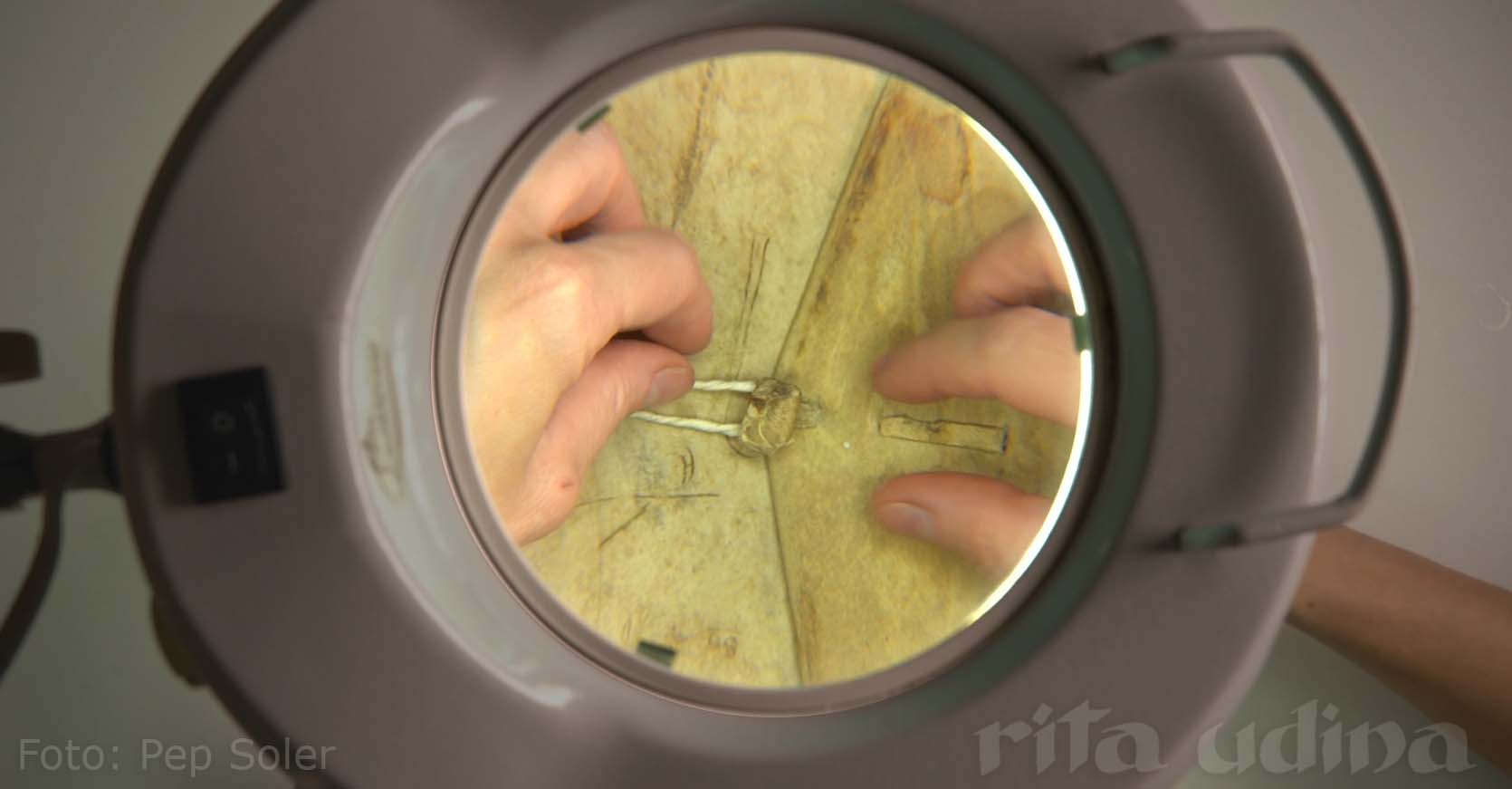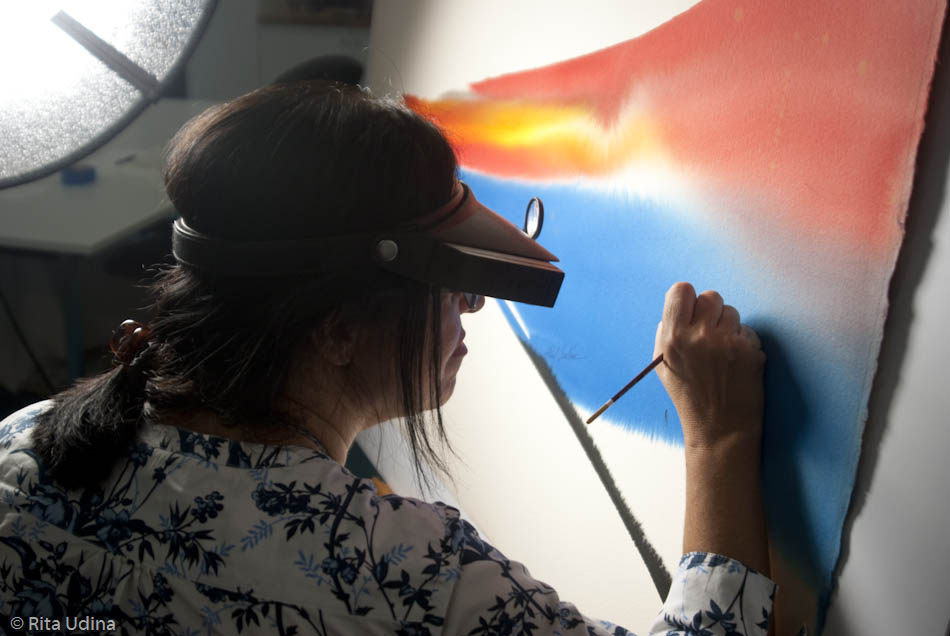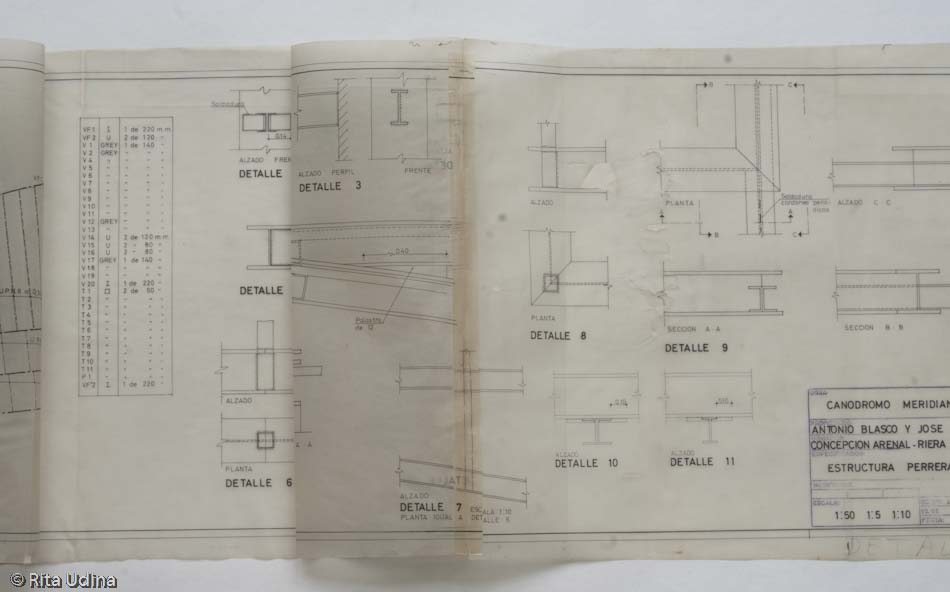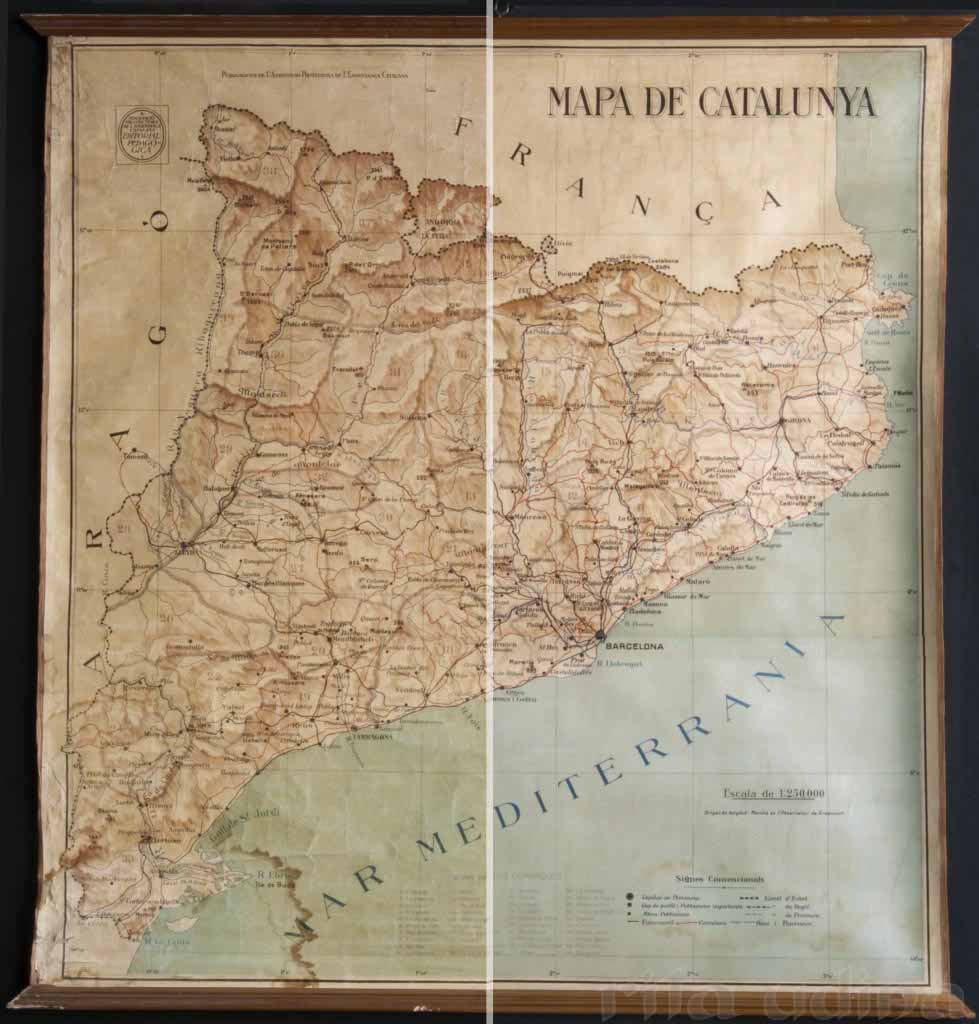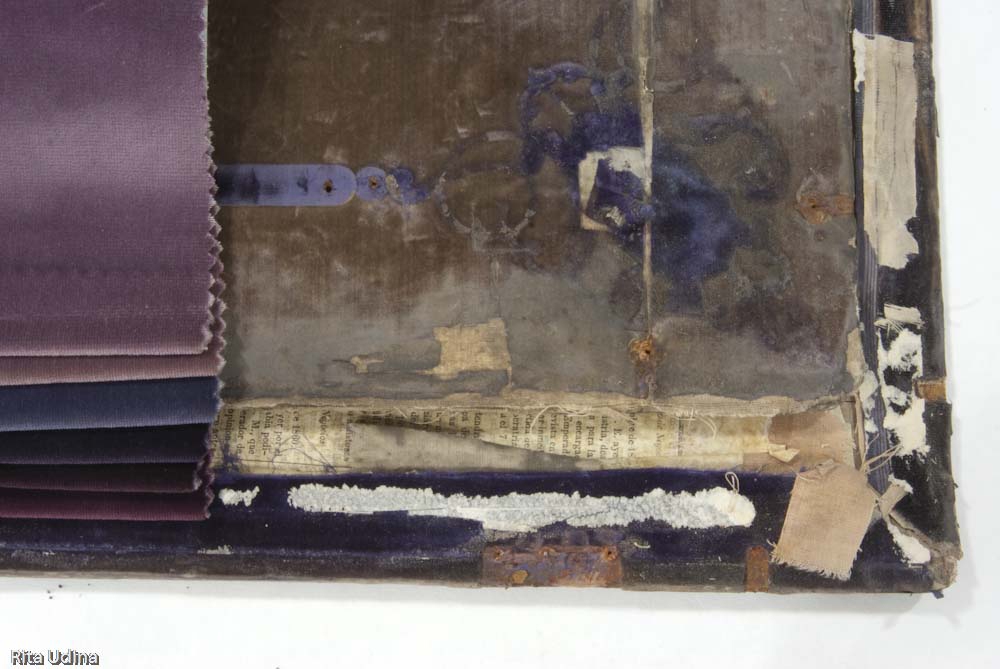inpainting
Find below the blog posts related to inpainting:
Premiere of the video of the conservation treatment of a map
Premiere of the video showing the full conservation treatment of an oversized hand-coloured map, varnished and lined on a canvas. Do not miss it! Next Thursday 27 at 4pm CEST (UTC+2).
Profession: book and paper conservator
What does a paper conservator do? Whom does she work for? What skills and knowledge does she ought to have? Preservation and conservation, a field linked to science, history and arts and crafts. A video explains what differenciates us from forgers and shows -among other- how we produce a hand-made suction table to restore paper artifacts, with loads of creativity, a feature most necessary to become book and paper conservator.
Retouching, a taboo in paper conservation?
Retouching is among the most sensitive within ethics in conservation since it means to establish the aspect a restored object is expected to have. My opinion is that the looks of an historical object is often as important as its physical-chemical condition, and not intervening provides poor results that might mislead its readability more than a proper intervention. The more we intend to make it as neutral as possible, the least arbitrary, we need to admit that retocuhing requires good taste.
Course: Inpainting & Loss Compensation on Paper (1rst edition)
Can you match the colour but not the surface texture? [...]
Dürer: From old Europe to Palm Beach
Alligators, palm trees, luxury residences… [...]
Posters conservation: virtual inpaint vs “virtuous” retouching
The bike riders from Sants reached my studio squeaking, rather than cycling! Tears, foxing, discolouration, brittleness, acidity... All these damages have been carefully restored in order to let the splendorous riders finish line at the Municipal Archive of Barcelona. They are almost centenarian... and yet they ride wild along the repository! I'll explain which beauty and health treatments these illustrated posters have passed through
New conservation methodolgy to retrieve lost flexibility to brittle tracing paper
Approach to a new methodolgy to retrieve the lost flexibility to brittle paper. Tracing paper -so usual among technical drawings- have in common their transparency, but there are significant differences in the process to make them. The properties and behavior will be very different then. Impregnated papers, for an instance, were applied oils or varnishes to provide them translucency. Explanation restoration of several drawings in which the varnish was removed to replace it later.
Damned “sellotapes”!
Which damages cause sellotapes? Can we release documentary heritage from these fatty strips? Explanation for the degradation mechanisms of this historic "remedial" tapes that we can find in documents of all kinds, and restoration possibilities in each case.
Conservation of school poster from spanish civil war period
This map represents the typical scholar posters: with its wooden slats to roll and hang, lined on the back. It was very common to varnish them with shellac to waterproof and protect them from abrasion. This one was made of two pieces of printed paper, sticked together along the central horizontal stripe. It is from 1936, spanish civil war was barely breaking. Removing the old varnish has allowed to repare other minor damages: tears, gaps and wrinkles. But most important is that the new varnish is not oxidizing nor yellowing. As it is very flexible it will not crack in the future.
Gone with the wind
I don’t like much having war books, but I must admit that this one is particularly beautiful. The velvet binding seemed to me a challenging issue on the restoration, which did not have major complications besides this. I show the restoration of this book because of the headaches it has given me when solving the lost areas, the wooden work. The considerable losses on a laborious woodcarving work, and the lack of originals of many of the missing pieces fairly complicated the subject (the shields on the corners were different).
The value of things
Inpainting is the main controversial in a restoration as it demands to set criteria in not at all trivial matters: Meaning, function and unique nature of artefacts.
Categories
ARTEFACT
archive or library
book
book structures
bundle
headband
hollow back
limp-vellum binding
locks
sewing
tight back
document
seal
lacquered seal
printed stamp (see TECHNIQUE)
drawing
manuscript
photograph
albumen
daguerreotype
glass plate
silver gelatine
plans, maps, architectural or technical drawings
maps
plans
poster
DAMAGES
acidity / oxidation
bibliopath - graphopath
Bookbugs (pests & paper eaters)
insects
silverfish
woodworm
microorganisms
mold
disaster
flood
foxing
losses, gaps
pressure sensitive tapes
silver mirroring
structural
wrinkles
MATERIAL
fabric
cotton
silk
velvet
glass
leather
parchment
metal
paper
coated paper (art paper)
Kraft paper
laid paper
rag paper
tracing paper
impregnated paper
onion skin paper
Washi
wood pulp paper
plastic
cellulose acetate
polyethylene terephthalate (PET)
Polypropylene (PP)
wood
PRODUCTS
adhesives
natural
shellac
rubber (natural)
starch paste
synthetic adhesives
Filmoplast®
Paraloid B72
rubber (synthetic)
Tylose® (MHC)
gels
agarose
chemical gel
hydro-gels
Klucel®
organo-gels
physical gels
Velvesil Plus
xanthan gel
nanoparticles
solvent
benzyl alcohol
ciclometicone
diethyl carbonate
dimethyl sulfoxide (DMSO)
polyethylene glycol (PEG)
surfactants
TECHNIQUE
ballpoint pen
collage
felt-tip pen
gouache
graphite (pencil)
ink
print
engraving
etching
lithograph
woodcut
printed stamp
reproduction
diazotype
watercolour
THEORY on cons. & rest.
TOOLS, MACHINES
TREATMENTS
bleaching
light bleaching
cleaning
stain removal
surface cleaning
tape removal
varnish removal
wet cleaning
deacidification
digitization
flattening
flattening under tension
housing (storage)
box
folder
four flaps envelopes
inpainting
mimetic in-painting
neutral colour in-paint
mould treatment
preventive conservation
climate (HR, temp.)
re-binding
reinforcement - consolidation
backing with fabric
Infilling
leafcasting
ink fixing
lining
sizing
tear repair
varnishing



